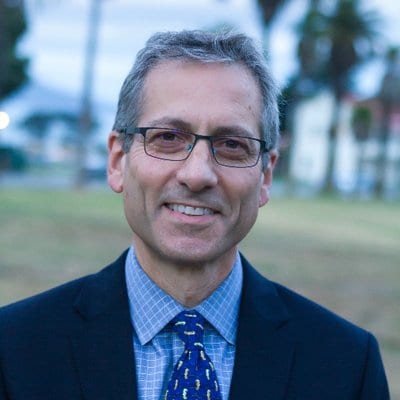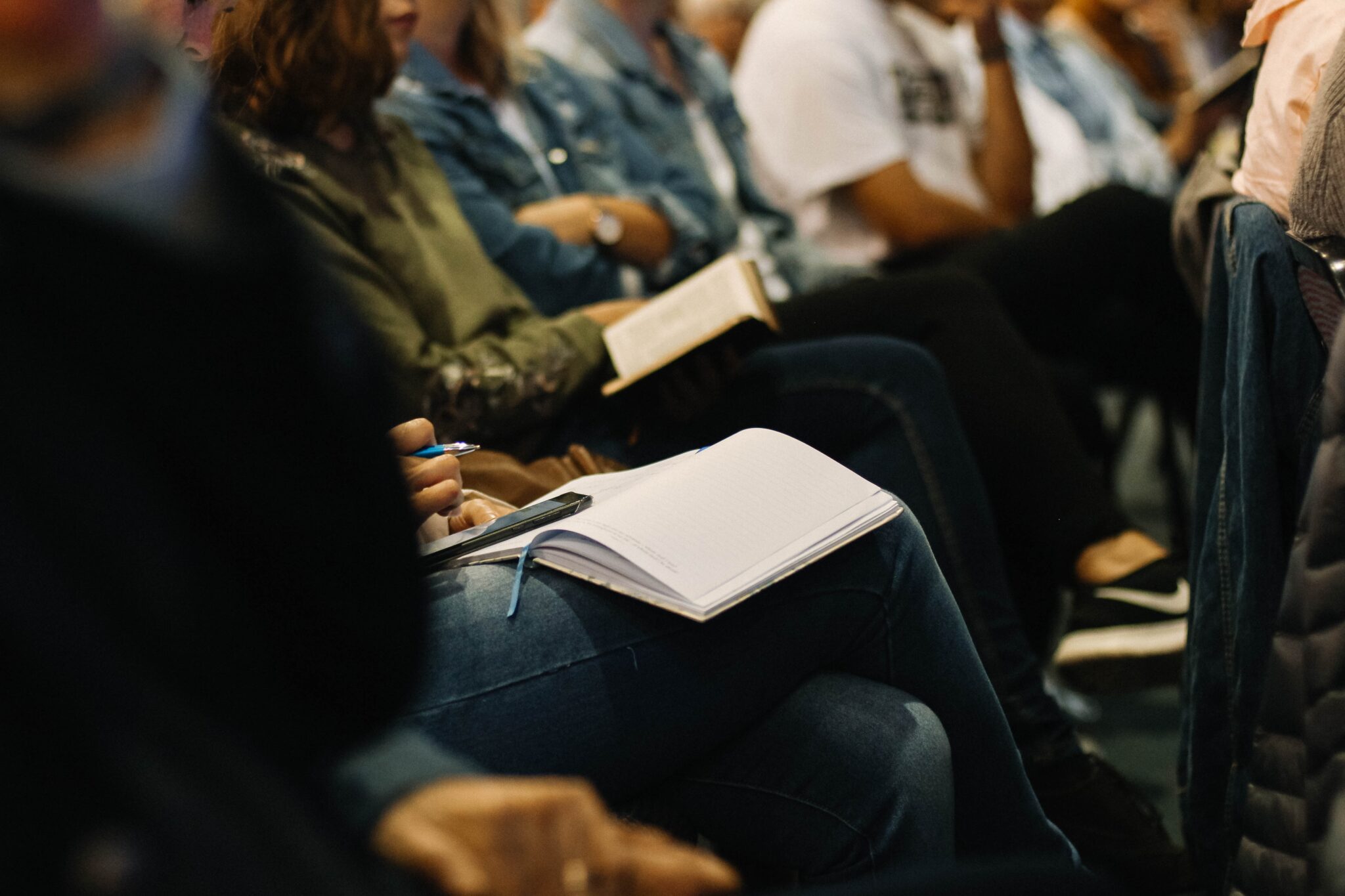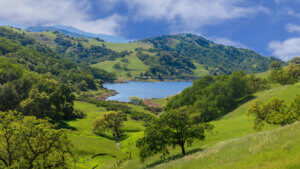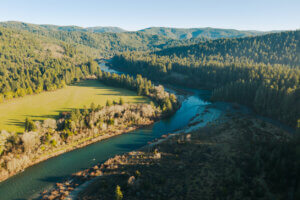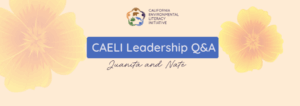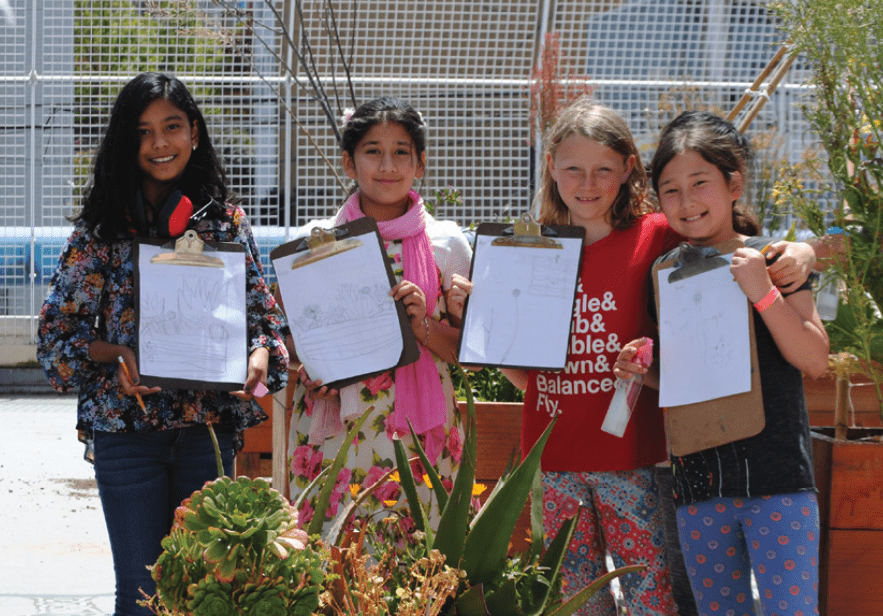Craig Strang, lifelong environmental educator and activist, is stepping down as CAELI’s co-chair after nearly eight years of service. We extend our heartfelt gratitude to Craig for his exceptional leadership, visionary thinking, unwavering dedication, and remarkable contributions to CAELI. Although he will be stepping down as co-chair at the end of June 2023, Craig will remain connected to CAELI as an “at large” member, meaning that CAELI will continue to benefit from his wealth of wisdom and experience.
In light of his transition, we asked Craig to share some reflections on his time as co-chair and his hopes for CAELI’s next chapter. Read on to learn more about Craig’s many contributions and accomplishments to CAELI.
Q: What are you most proud of from your time leading CAELI?
A: CAELI has many accomplishments that stand out, are having a big impact, and are memorable. They made me happy and appreciate working with great people. By creating a Blueprint for Environmental Literacy that did not sit on a shelf or term out, we embedded environmental literacy into the state curriculum frameworks, developed a process for districts to create districtwide environmental literacy plans, made equity and justice central to all of our work, passed some groundbreaking legislation, elevated the work of a handful of brilliant county office of education environmental literacy coordinators that inspired many other counties, and catalyzed and spun off significant projects like the Environmental and Climate Change Literacy Projects (ECCLPs). CAELI members also supported and participated in other projects including the National COVID-19 Outdoor Learning Initiative and the Climate Change and Environmental Justice Program. These are all important accomplishments and there are dozens of others, but I think our most important accomplishment, and definitely the one that gives me the greatest satisfaction, is less tangible and more of an abstraction. We built relationships, and through those relationships, we evolved from a fragmented set of parts, each part doing good work but too often competing for scraps of funding and attention, into a unified and powerful movement in the largest state in the country. I hope, and I believe, that those relationships will outlast the projects and initiatives and will lead to a whole that is greater than the sum of its parts.
Q: How have you seen CAELI evolve over time?
A: Three dimensions of CAELI’s evolution come to mind. First, we evolved from being many voices—promoting our particular part of environmental literacy (green schoolyards, school gardens, outdoor classrooms, classroom curriculum, push-in programs, field trips, residential outdoor schools, etc.)—to finding a unified and collective voice calling for all of the above. Second, we evolved from being a white-led initiative that was trying to welcome leaders of color into the effort, to establishing the goal of “designing at the margins” and centering equity and justice in everything we do. We’re not there yet, but we’re evolving in that direction! And third, we went from running a sprint to running a marathon. When we started in 2015, we knew the stars were aligned. The Common Core State Standards were followed by NGSS, and we had a state superintendent of public instruction and a State Board of Education that were singing in harmony. We sprinted hard and accomplished a lot in those first couple of years. Then we hunkered down for the long haul, sobered by how big and complex California really is! Marathons are hard, and they take a special kind of determination and perseverance. We’re still at it, getting our second (or third) wind. We can’t see the finish line yet, but we know it’s within reach.
Q: What did you learn about systemic change that you can share with others?
A: Mostly I learned that I still have a lot to learn about systemic change! Have I mentioned how big and complex the state of California is? Systemic change requires us to focus first on the needs and priorities of the most marginalized communities—primarily Black, Indigenous and Brown communities. When we design at the margins, with those facing the most inequity and injustice, the solutions work for all of us! Systemic change also requires distributed leadership at every level of the system, especially in systems as big as California. Every leader at every level—from the governor and state superintendent of public instruction to community based organizations and teachers, students, and parent leaders—they all have their spheres of influence that need to be tapped in order to achieve change at scale. Distributing authentic leadership requires sharing and ceding power, which requires repair, healing, and building trust. Of course, I still don’t know how to accomplish these things, but we all are learning together as we go, getting smarter little by little. Change is occurring throughout the system, even if we can’t always see it. Environmental literacy is a legitimate thing in our schools now, and that is a significant shift.
Q: How has your time leading CAELI informed how you understand implementing equity in programming?
A: The concept of “designing at the margins” has transformed how I think about implementing equity. For centuries, we have designed environmental education policies, programs, and organizations for the majority, the mainstream, and even the most privileged. Then, once we had something that worked in upper middle class and white communities, we tried to adapt it for communities of color and lower income communities by fundraising for scholarships or free buses. That rarely works! When we design with those furthest from power and most challenged by injustice, specifically to address their needs, the solutions almost always work for the entire society. Creating “curb cuts” is the most powerful metaphor that changed my own thinking about design. Sidewalk curb cuts were originally intended for the tiny fraction of the population in wheelchairs to finally give those people access to free movement throughout the communities in which they lived. Once installed, though, curb cuts benefited parents with strollers, people unloading merchandise with hand trucks, people using canes and crutches, runners, and nearly everyone walking on sidewalks! The idea is transformative. Putting the idea into practice when we’re recruiting, hiring, writing proposals, designing instructional materials, writing mission statements, fundraising, opening overnight outdoor science schools—that’s far more challenging! We need ingenuity, continued vigilance, and a willingness to hold each other accountable to re-learning how to design and implement equity and justice into everything we do.
Q: What hopes do you have for CAELI in this next chapter?
A: I hope we continuously become better and stronger marathon runners and more ingenious designers of curb cuts. I hope the next chapter has double the accomplishments as the previous chapter. I hope we will feed and grow the relationships we have established and continue to expand them because they are essential to all my other hopes. I have a naive belief that achieving environmental justice and ocean, climate, and environmental literacy is actually an important and currently undervalued strategy for fighting climate change and healing both the planet and our communities. I hope CAELI’s next chapter provides some evidence that that belief isn’t so naive after all.
